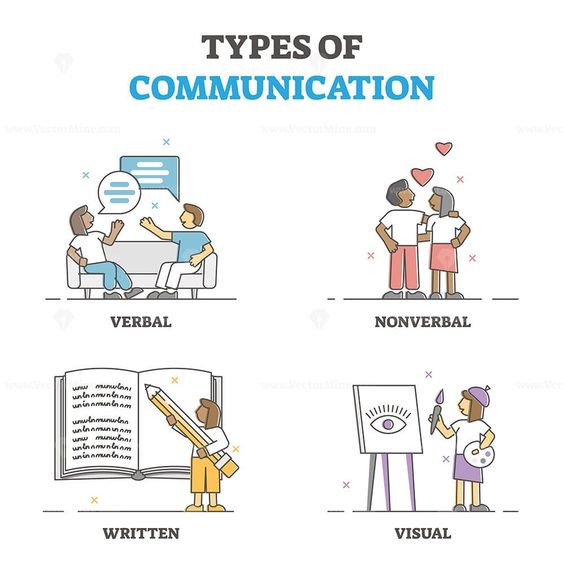Introduction
Augmentative and Alternative Communication (AAC) is a rapidly expanding field designed to provide communication assistance to individuals with speech or language impairments. By utilizing a range of strategies, methods, and technologies, AAC aims to empower these individuals to effectively communicate, participate in society, and enhance their overall quality of life. This article delves into various aspects of support for AAC users, including the benefits it brings, the challenges faced, and the ongoing developments in technology.
The Significance of Support for AAC Users
Support can come in various forms when it involves facilitating access to AAC systems. One essential aspect of support is providing guidance and training for individuals who use AAC devices and their families or caregivers. It is crucial to ensure that they are well-versed in operating these systems to maximize their potential benefits.
The Benefits of Implementing AAC Systems
1. Boosting self-expression: For people with speech impairments, traditional communication methods can be limiting. AAC systems enable them to express themselves more effectively, improving their ability to interact with others.
2. Enhancing social interaction: With enhanced communication capabilities, AAC users can experience improved social engagement, reducing feelings of isolation and promoting emotional well-being.
3. Promoting independence: The ability to convey needs and preferences using AAC devices allows individuals the autonomy to make choices about living arrangements, activities they want to engage in, and the foods they eat.
4. Expanding educational opportunities: A proper communication system in place can open doors for academic enrichment for students who require AAC supports.
Challenges in Supporting AAC Users
1. Limited awareness: Despite the growing prevalence of AAC systems, public awareness about these devices is still limited which may lead support providers not knowing about resources available for people who require given support.
2. Access to skilled professionals: A shortage of qualified professionals in the field limits the provision of quality support services for AAC users.
3. Cost barriers: High costs of acquiring and maintaining AAC devices can pose a financial restraint to many in need of these systems, limiting their accessibility.
4. Individualized needs: Each AAC user is unique, so finding customized options that suit an individual’s specific needs can be challenging.
Technological Developments in AAC Systems
As technology advances, new and improved AAC devices continue to emerge. Not only are these systems becoming more sophisticated, but they are also becoming increasingly portable, user-friendly, and customizable. Mind-controlled communication systems and eye-tracking devices are just a few examples of the innovative solutions being developed, with the potential to revolutionize the field of AAC support.
Conclusion
The support for augmentative and alternative communication significantly improves the lives of individuals with speech or language impairments. By providing suitable resources, training and encouragement, these individuals can experience greater independence, self-expression, and social engagement. As technology progresses and awareness increases, we look forward to a more inclusive world where everyone has the opportunity to communicate without hindrance.





